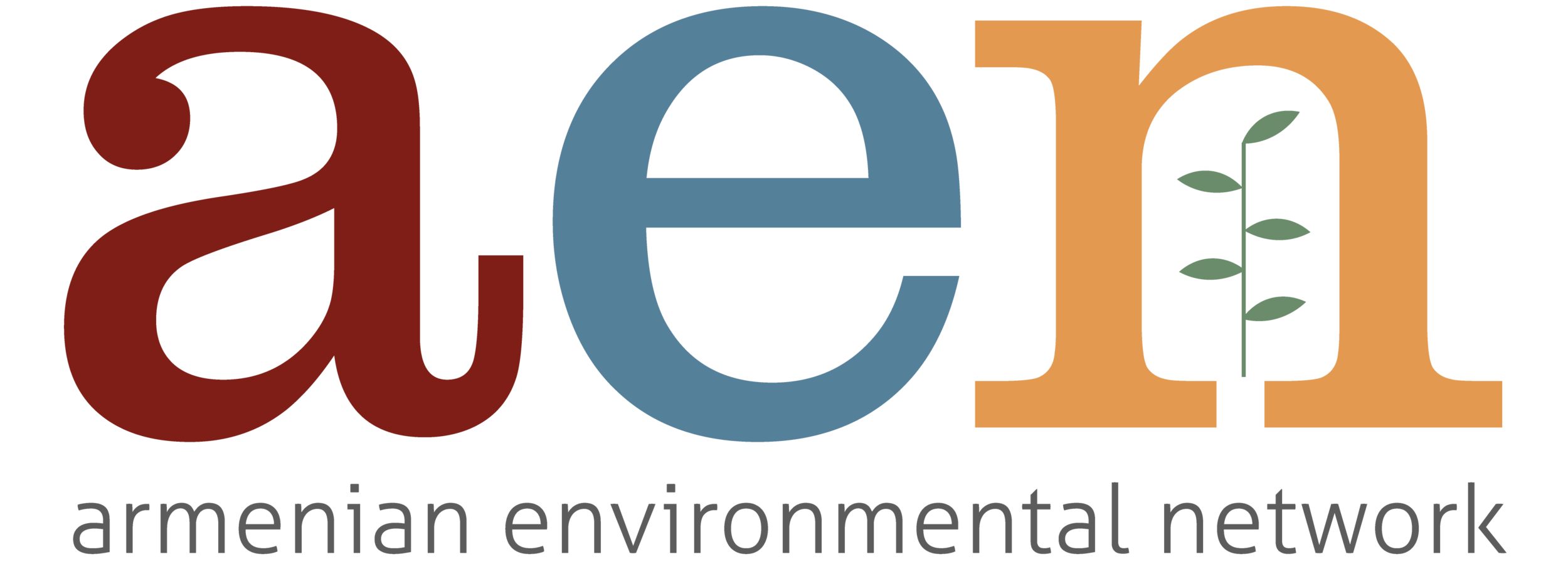Issues
Community Development & Green Spaces
Campaigns are now mobilizing to stop the destruction of “green spaces,” or urban recreational areas. Community development, especially in Armenian culture, goes hand in hand with quality of life.
The term “green spaces” refers to those areas that are set aside for public parks, trees and other recreational uses for a dense surrounding urban population. The benefits of having green spaces are well-known and amply documented. Armenia lacks these green areas generally, and Yerevan, in particular, is in danger of losing what little remains.
In brief, Green Spaces provide a great number of positive benefits to an urban setting. Ecologically they help keep cities cooler and cleaner by both absorbing heat and pollutants. They help absorb precipitation, thus improving drainage. They provide habitat for birds, fish, insects, reptiles, mammals and other organisms. They can also help reduce noise pollution by creating shrub or tree barriers.
They also provide children, and adults, with safe and clean places to play and meet. They are spots where social events like concerts, art exhibits, festivals and family gatherings take place. Green Spaces hold the potential for food production from urban “gardens”. Green spaces attract jobs, people and can even raise the value of adjacent properties. Green spaces are magnets for community gatherings and can help foster unity, common purpose and security. Above all, green spaces provide beauty and a semblance of serenity in a crowded and noisy atmosphere and thus improve the quality of life for its residents.
Read this legal analysis on green spaces in Armenia’s urban areas . It references Government Decree # 1318-N, from October 30, 2008, which stipulates that urban centers should be comprised of at least 40% green spaces. As an example, Yerevan is at 7.3%, in clear violation of the resolution.
Almost all Armenian cities lack the 40% of green spaces mandated by the government. Yerevan, in particular, has lost 40% of its green spaces since 1990. Much of this loss is the result of the Karabagh war in the early 90’s and an ensuing energy crisis. Forests, urban trees, bench planks and all other available sources of timber were desperately collected by citizens to provide fuel for heating and energy. Early in the new millenium, exisitng green spaces throughout Yerevan were sacrificed for new construction projects, and cafes began to appear in the center of Yerevan, adorned with mature trees harvested from forests and reserves. Read an excellent introduction article on the loss of trees and green spaces in Yerevan.
UNDP’s developed a Strategic Environmental Assessment for Yerevan City Master Plan in 2005. For specific references to green spaces please note page 10, page 13 and Chapter 10, pages 22-23. Interesting to note that in reference to the green spaces recommendations offered by the UNDP that they cite both RA and UN law. Relevant laws cited were RA Forest Code of 94, The Poverty Reduction Strategy Program of 2003, the RA National Forest Policy and Strategy of 2004, as well as the UN’s Convention on Combatting Desertification (94), and the European Convention on Landscapes (2003).
For additional articles on green space issues, click on the links below.
An AUA article, from 2007, on air quality issues and how the loss of green spaces affects it.
This article reports on a specific example of an attempted green space takeover by a café.
One group is interested in preserving and restoring green spaces and botanical gardens in Yerevan.
A 2007 article about the potential destruction of the cities botanical gardens.
It may not all be bad news. The new mayor has shown public interest in preserving Yerevan’s green spaces. This article from April 2011is about the mayor’s pledge to stop the building of any more cafes in Fountains Park.
Another article about a citizens group protesting destruction of green spaces, this one in Dalma Gardens on May 27 2011.
If you know of an organization or report that should be listed here and is not, please Contact Us with a brief explanation of its relevance and an active URL for the organization or report
To view a broader list of active environmental organizations, see Our Partners page.
For reports and other publications relevant to this topic, see our Publications page.
